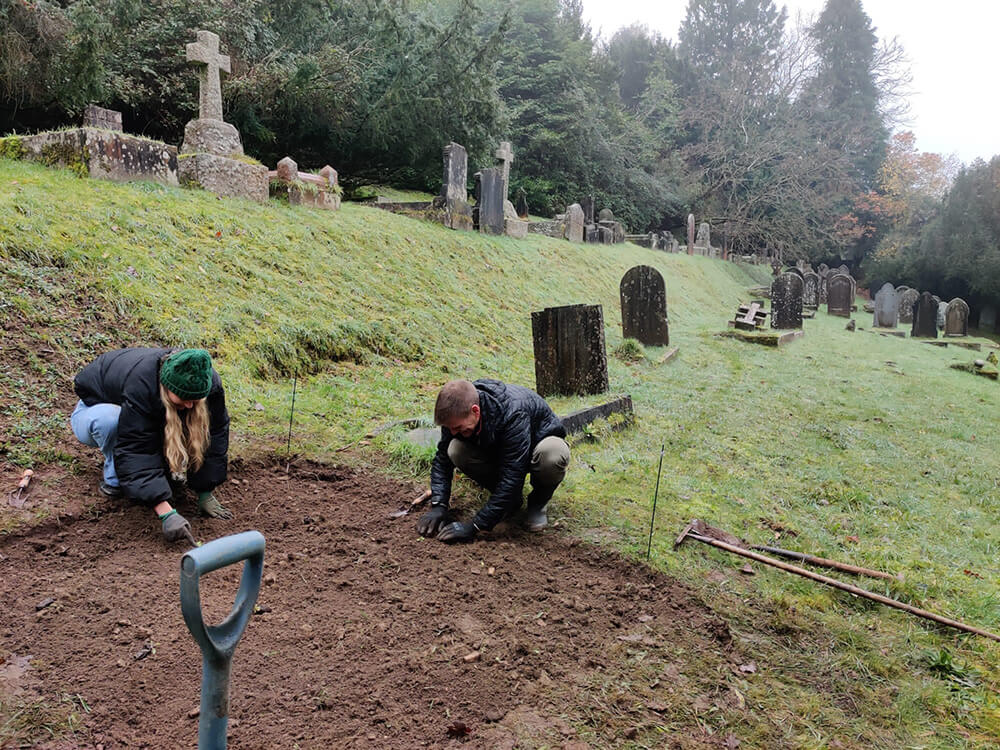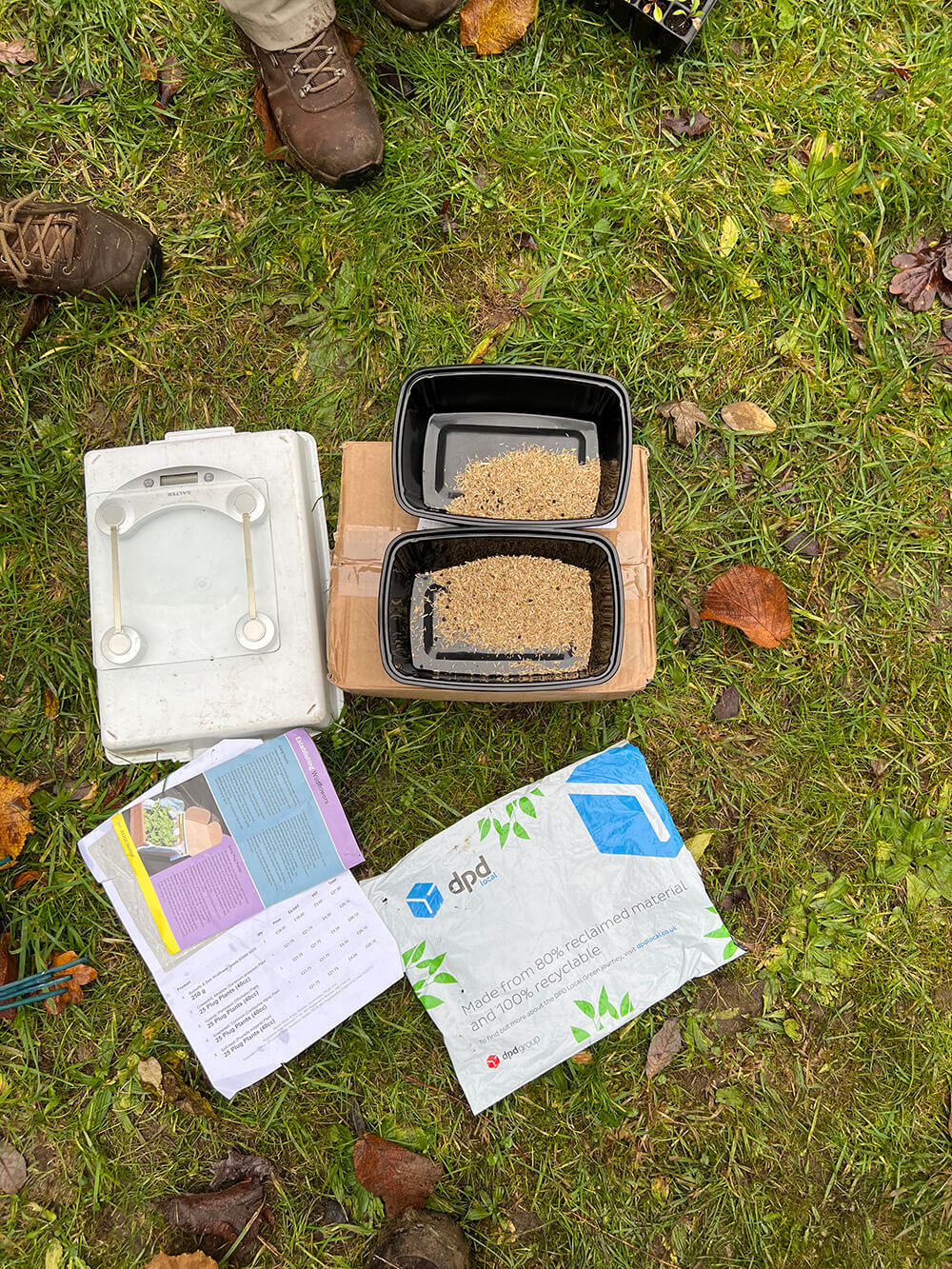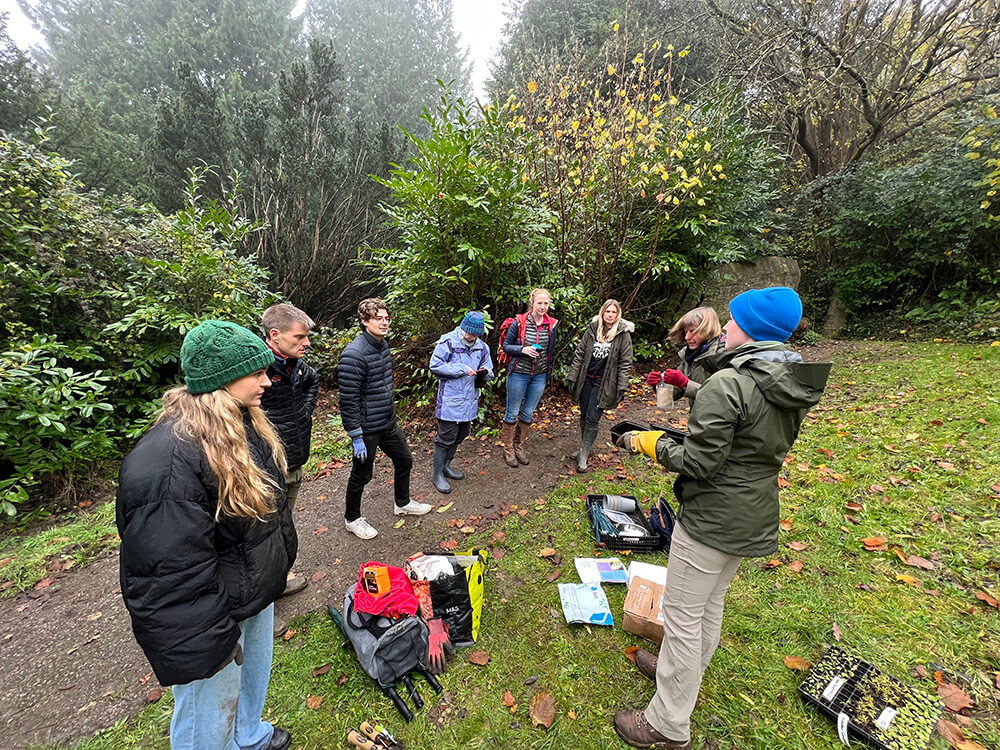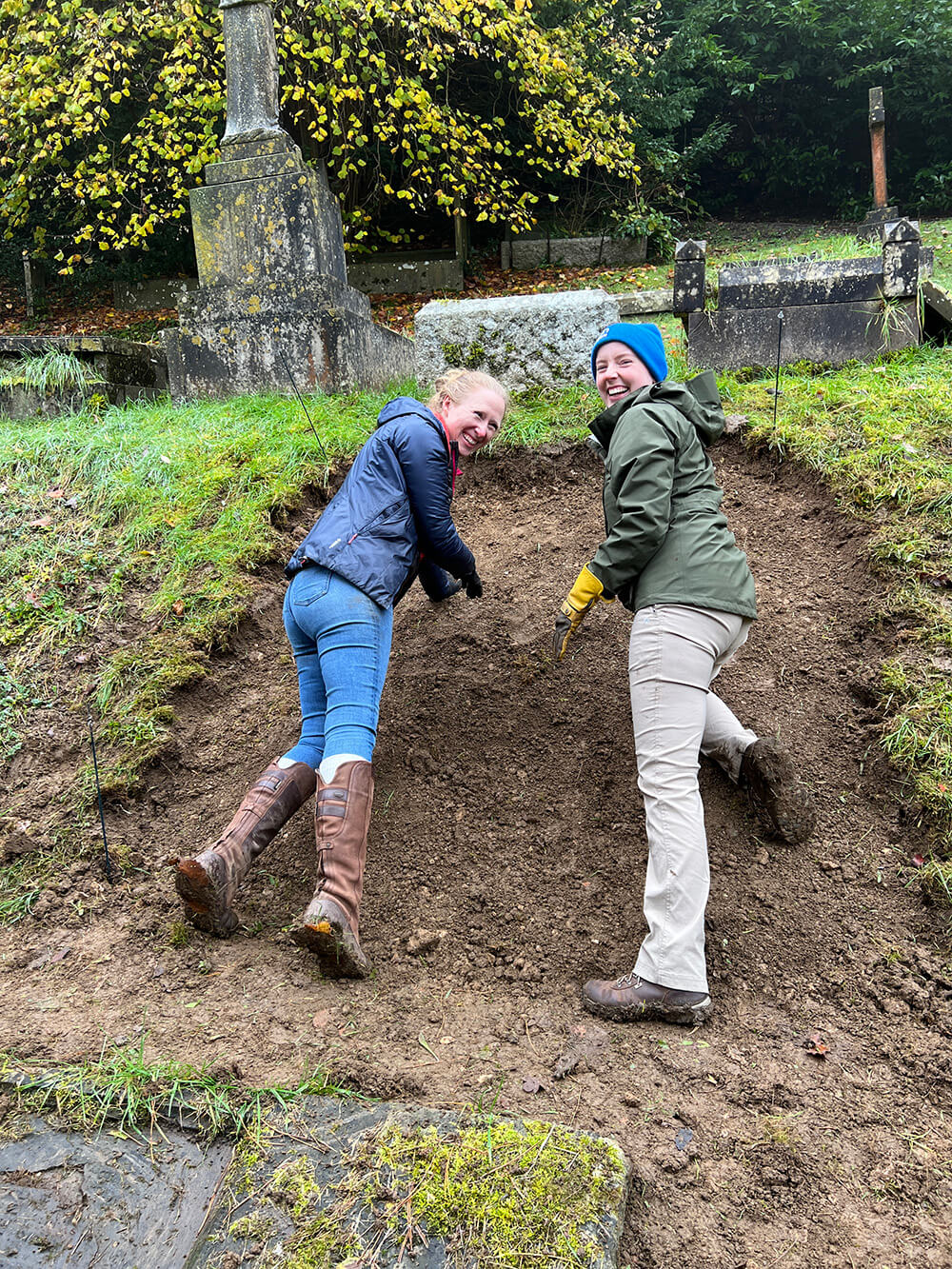Eco Wood Rings supported the planting of 0.9 hectares of wildflowers in the UK in 2022
We all see wildflowers as beautiful and great for our well-being, but for the thousands of pollinating insects that share this land with us, wildflowers are vital. There’s a problem - pollinators are finding themselves in isolated oases, walled in by agricultural land, urban landscapes, roads, and gardens. What humans see as neat and tidy; insects see as desert! Since 1940 we’ve lost ninety seven percent of our flower rich meadows and hundreds of our pollinator species are in decline.
Eco Wood Rings is part of a beautiful solution to the problem by helping to restore B-Lines – a network of insect pathways along which we are restoring and creating wildflower rich habitat. These insect super highway created in partnership with GreenTheUK and Buglife will extend across the whole of the UK, allowing wildlife to move freely through our countryside and towns. Read more about Eco Wood Rings and their fantastic support here.

To launch their wildflower restoration work, the Eco Wood Rings team joined GreenTheUK, our project partner Buglife and other local volunteers at Smallcombe Garden Cemetery in Bath. After a morning of hard work, they had sown a standard seed mix and planted plug plants which will flower next spring. As well as being great for local wildlife, we hope these wildflowers are enjoyed by all those who visit the cemetery. In total, 0.9ha of wildflowers will be restored in conjunction with friends of the cemetery group - this activity is part of a longer term programme of greening and rewilding at the cemetery.
Wildflowers & Grasses Planted

UN's Sustainable Development Goals
As a GreenTheUK partner, you support projects that are in line with the UN Sustainable Development Goals.

Take urgent action to combat climate change and its impacts.

Sustainably manage forests, combat desertification, halt and reverse land degradation, halt biodiversity loss.


































































